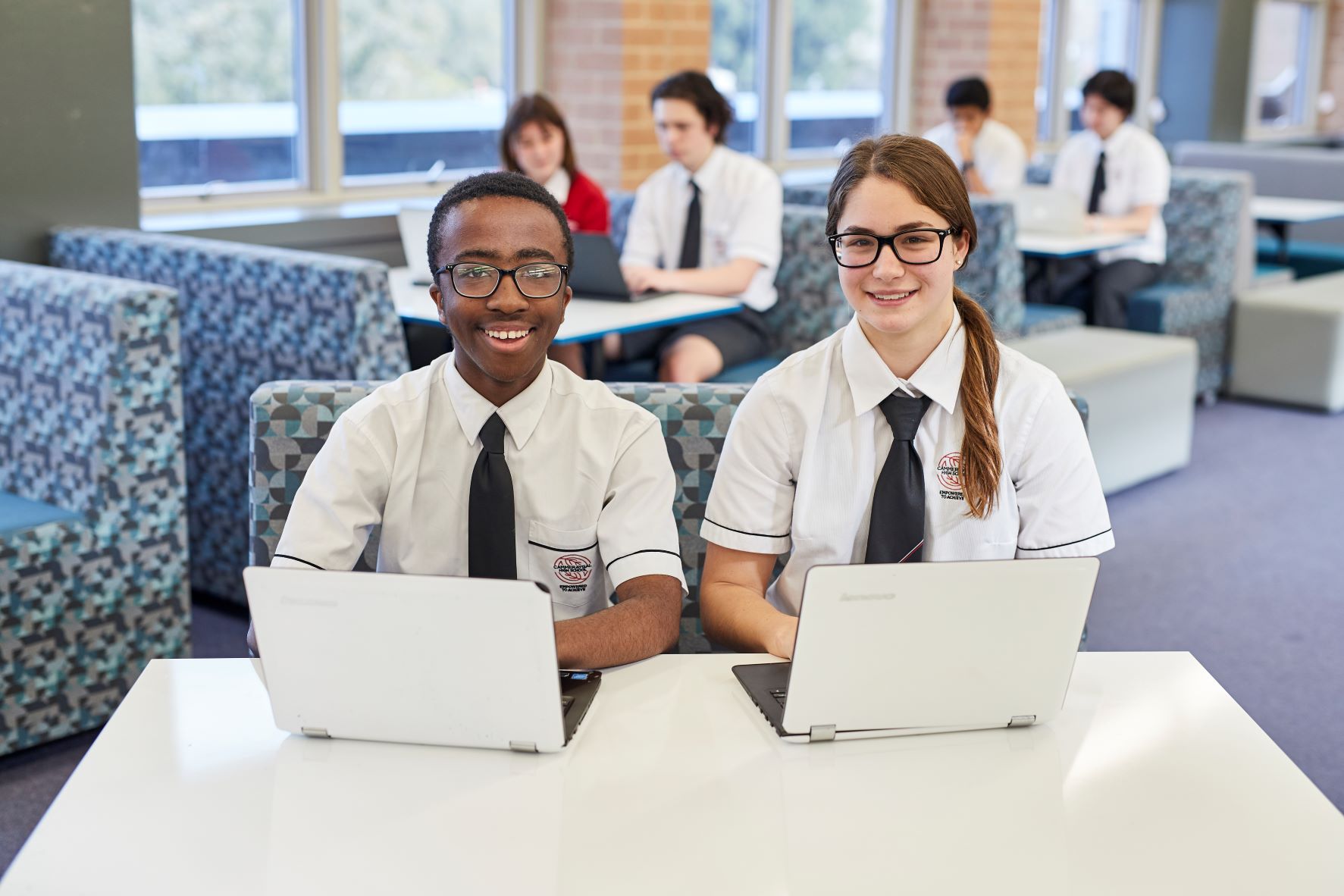Inclusive questions
Questions that support strengths- and evidence-based inclusive practice
The following questions can help teachers develop personalised, strengths- and evidence-based approaches to learning and teaching. These questions can be used when a teacher identifies a situation where a student may require additional support to participate.
The purpose of these questions is to support teachers to identify students’ strength and abilities, and use these to inform the selection of evidence-based adjustments that will adequately support the student in the classroom and at school.
1. What are the student's unique strengths and what has been helpful so far?
A personalised, strengths-based approach recognises that all students have strengths, interests and abilities, and that understanding and appreciating these unique strengths and abilities improves opportunities for learning and development. Strengths can be defined as a student’s intellectual, physical and interpersonal skills, capacities, dispositions, cultural strengths, interests and motivations.
Support available to the student, such as the student themselves, their peers, their family, other teachers and education staff and specialists, and other involved professionals such as medical and allied health staff, and Aboriginal Medical Services (AMS), can also be considered strengths.
Identifying what has been helpful so far, and what has not, can help with documenting strategies or approaches that may be relevant, or avoided. This may be particularly helpful when multiple teachers, SLSOs, AEOs or Aboriginal SLSOs are involved in a student’s learning.
2. What is the goal and why is it important?
Set learning goals should be a priority for the individual student. growth goals that are realistic and build on the student’s existing strengths and skills, will be most helpful. When setting goals, teachers can use the 'What works best in practice' themes to empower students to learn and achieve at school.
Goals can be developed as growth goals and set as part of the Collaborative Curriculum Planning Process and included in a Personalised Learning and Support Plan.
3. What evidence-based strategies can be used to reach the goal?
Consider how you could make adjustments to your teaching strategies (including curriculum or instructional adjustments), the school and class expectations, and environment.
Use strategies that are based on current and successful strategies evaluated in school settings such as those found on our site. Personalise strategies and link them to a student’s strengths. Strategies should be trialled and reviewed regularly and based on data collected.
Examples of practice
Below is a brief example demonstrating how a teacher or SLSO can use a strengths-based approach to apply evidence-based strategies to support a student.
You can also access more detailed examples of practice of this approach for autism, ADHD, anxiety, and intellectual disability.
Jack's story

Jack's relevant strengths:
- Jack enjoys working with computers and has strong IT skills.
- Jack has a couple of good friends who have similar interests to him.
- Jack is able to notice and report when he is feeling anxious.
What has been helpful so far:
- Jack’s school has developed designated quiet areas that a student can spend time in if they are feeling anxious.
- If excursions or other changes to school routines are planned, Jack is informed well in advance.
What has not been helpful so far:
- Jack prefers to complete work that is similar to other students.
- Jack prefers discreet support. He does not prefer one-to-one support with an SLSO, or other supports that are not discreet (such as instructions directed to him in front of the class).
What is the goal and why is it important?
The goal:
Why?
What evidence-based strategies can be used to reach Jack's goal?
Strength:
- Jack enjoys working with computers and has strong skills in Digital Technologies.
- Jack is able to notice and report when he is feeling anxious.
- Jack has a couple of close friends.
Strategy:
- Work with the class to create individual visual schedules on computers so that Jack (and other students) know what changes are coming up. Allow students to be creative so that Jack can use his understanding of different IT programs when creating the schedule. Suggest that students include clear information about what they might need for each class and where each class is.
- Teach the class relaxation or breathing strategies. In private, speak with Jack about using this strategy before, during, or after transitions if he is feeling anxious. Allow him to access the quiet area if needed.
- Pair Jack with close friends who can prompt him when a transition is coming up, and walk with him to the next class.
School Excellence Framework alignment
Wellbeing, Effective classroom practice
Australian Professional Standards for Teachers alignment
Standard 1: Know students and how they learn
Audience
School leaders and secondary teachers
Purpose
This resource features a template to guide the practice of adopting a strengths-based approach to supporting the learning and wellbeing of students.
Reviewed
November 2021. Share your feedback here
Explore other topics
1/4